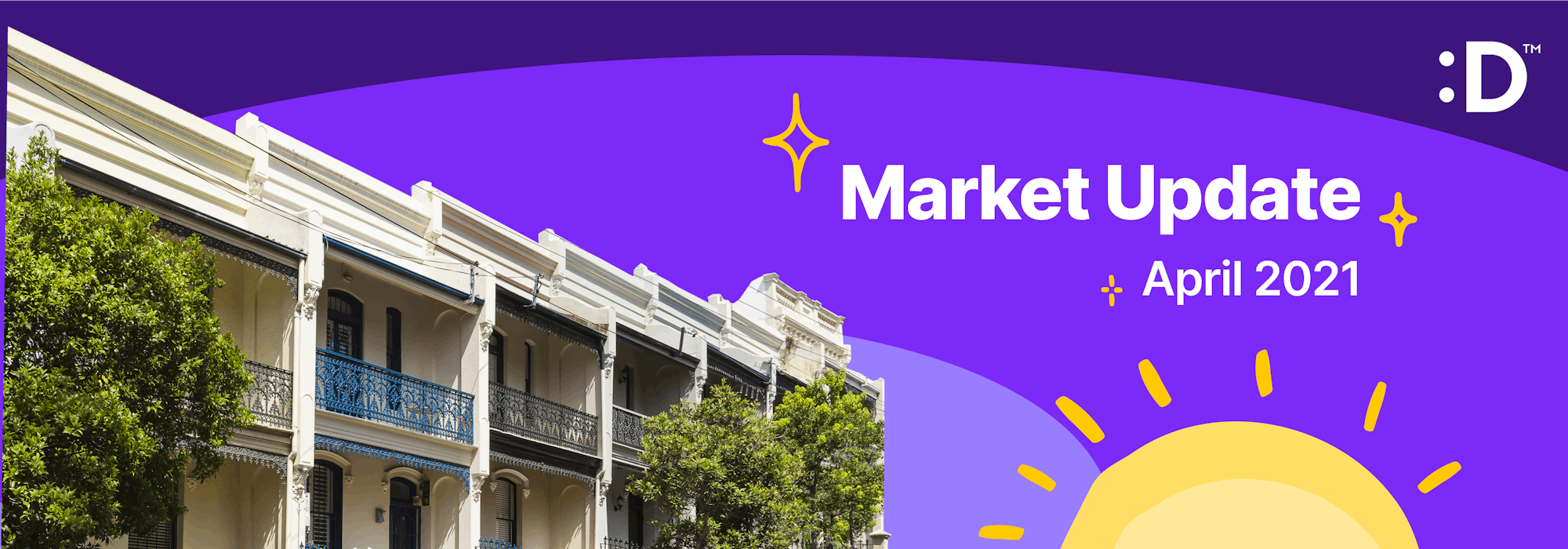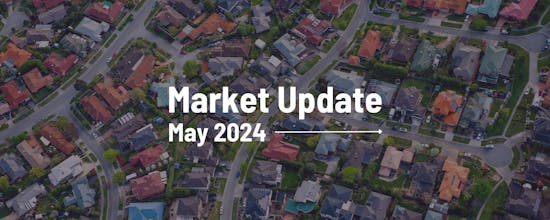With the end of the COVID-19 rental moratoriums in NSW, VIC and WA last month (following QLD, NT, ACT and TAS), the rental market across the board has seen change for both tenants and property owners alike. Some owners have worked with their tenants to come up with rental repayment plans for arrears, while others have reviewed their rent to price their properties in line with the market. However, for owners hoping to increase their asking rent with the lift of the moratorium, the current market conditions are filled with uncertainty - especially with the end of JobKeeper thrown into the mix.
How the end of the rental eviction moratorium may impact you
Despite the end of the eviction moratoriums at the end of March, differing levels of support for both tenants and owners still remain in place, including mechanisms for rent deferrals and repayment plans for deferred rent. In NSW, a 6-month transitional period will protect COVID-19 impacted tenants from standard tenancy eviction rules. In QLD, tenants are protected against being listed in tenancy databases for COVID-19 related rent arrears.
On top of these changes, the Australian Government also brought JobKeeper to an end on March 29, which has impacted tenants’ ability to pay rent across the board.
For many owners who were hoping to increase their asking rent at the conclusion of the moratorium period, this has meant that certain local rental markets have not been able to justify a rental increase. This is not just related to the end of JobKeeper - the significant drop in weekly asking rents over the last 12 months in units especially has also been a contributing factor. Owners in these areas have had to accept the same reduced rent, or in some cases, reduce it even further.
Rental statistics in Australia’s capital cities
Whilst housing prices are starting to return to normal across Australia, units and apartments are still bearing the brunt of the early days of the pandemic, particularly in the CBD and Inner City locations. Unit rents in Melbourne and Sydney specifically still remain much weaker due to the demand shock caused by stalled overseas migration and international border closures.
According to CoreLogic, capital city house rents are up 5.2%, while unit rents are down by 3.8% since March last year. In this past month specifically, asking rents decreased slightly in major capital cities: by 0.4% for houses to $550/week and 0.2% for units to $412/week, according to SQM Research.
It’s not all doom & gloom for property owners
From everything above, it’s quite clear that the rental market this year will favour tenants in the inner cities, however, with the increased demand for larger family homes, regional Australia will very much remain an owner’s market.
At :Different, we are starting to see multiple tenant applications for properties which are priced competitively in the market. Tenants who are specifically looking for houses, or searching in the areas with lower vacancy rates, are also applying for multiple properties prior to inspecting, due to a larger number of people attending inspections.
.png?ixlib=gatsbyFP&auto=compress%2Cformat&fit=max&rect=0%2C0%2C2000%2C700&w=1400&h=490)
March at a glance: In March 2021, the :Different Leasing Team leased 92 properties, with a total of 289 tenant applications received. Our average days on market decreased by 27% in NSW, 32% in QLD, and 4.9% in VIC.
Disclaimer: The views, information, or opinions expressed in this blog post are for general information purposes only and should not be relied upon. We have not taken into account specific situations, facts or circumstances, and no part of this blog post constitutes personal financial, legal, or tax advice to you. You should seek tax advice from your accountant, specific to your situation.



